Violence is tearing Mali and the Sahel apart. But who are the armed groups behind the bloodshed? Where are international actors stationed in the region? And what motivates them all? This project maps jihadist and non-jihadist groups and pinpoints the presence of external actors in the region as of May 2019.
Mouvement pour le Salut de l’Azawad (MSA)
The MSA formed in September 2016 under the leadership of Moussa Ag Acharatoumane, a young intellectual who was a founding member and political representative of the MNLA. However, as Gao- and Ménaka-based communities sought greater political representation and a larger role in local security with the planned implementation of the Algiers Accords, the MSA broke away from the CMA and especially from the MNLA. The MSA was at first a joint movement of largely Dawsahak as well as Chamanamass Tuareg communities, though the Chamanamass soon split away and constituted a separate MSA branch, referred to here as the MSA-C. The MSA-D is the component part of the alliance with GATIA (though not a part of the Plateforme), and continues to conduct security operations in the eastern part of the Gao region as well as in Ménaka. It has also often joined French forces in operations in the region. It has moved away from pushing for independence and now cooperates with the Malian government. These operations – described as counterterrorism operations largely against ISGS but also against JNIM – have prompted a series of attacks against its forces and assassinations of key MSA figures like the group’s former military commander Adam Ag Albachir in October 2017 and Hadama Ag Haynaha in April 2019. It has also conducted a number of local patrols meant to restore security and prevent theft of property and livestock, although it too has faced accusations of theft and abuses against civilians in the region.
